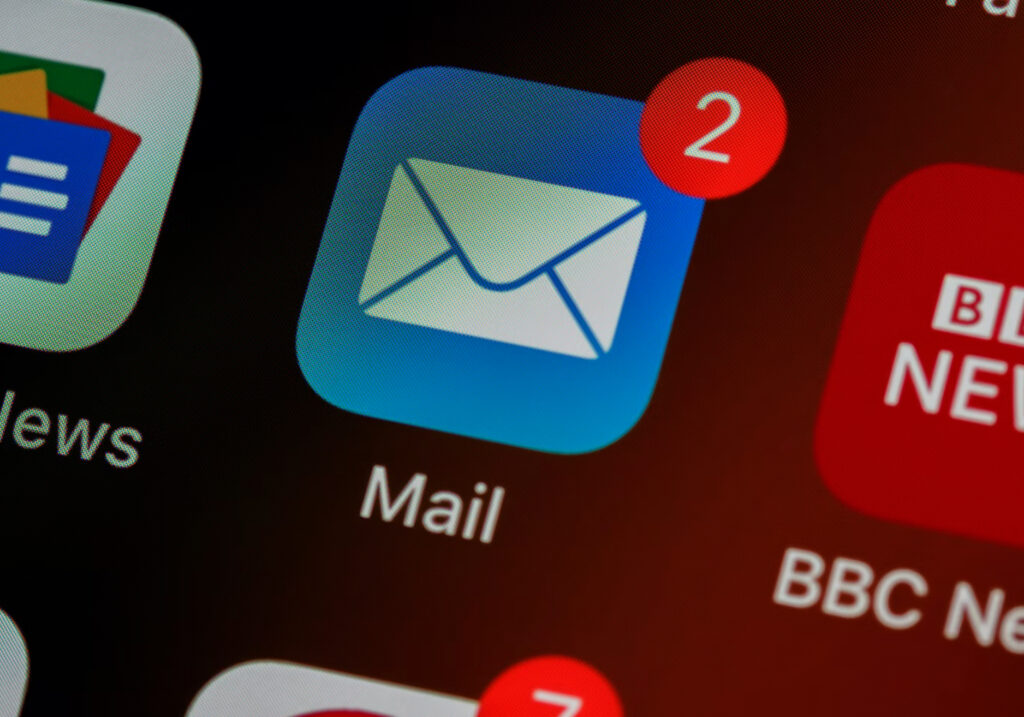Email marketing is a powerful tool for businesses of all sizes to generate leads, build relationships with prospects, and convert them into paying customers. However, to be successful with email marketing, you need to understand how it fits into your overall sales funnel. The sales funnel is a framework that describes the different stages a prospect goes through before becoming a customer. In this post, we’ll discuss how to integrate email marketing into your sales funnel.
The Role of Email Marketing in the Sales Funnel
Email marketing plays a critical role in moving prospects through each stage of the sales funnel. At the top of the funnel, email marketing can be used to generate leads by offering valuable content in exchange for an email address. In the middle of the funnel, email marketing can be used to nurture leads and build relationships by providing more personalized content that speaks to their specific needs and interests. At the bottom of the funnel, email marketing can be used to convert leads into customers by offering targeted promotions and calls-to-action.
Strategies for Effective Email Marketing
To be effective with email marketing, you need to have a solid strategy in place. This includes understanding your target audience, creating compelling content, and optimizing your campaigns for maximum engagement. In this section, we’ll discuss some strategies you can use to improve the performance of your email marketing campaigns.
Here are some strategies for effective email marketing:
Define Your Target Audience:
- Understanding your target audience is crucial for effective email marketing. Create buyer personas to help you understand who your ideal customer is and what their needs and pain points are. This will enable you to create relevant content that resonates with your audience and increases the likelihood of them engaging with your emails.
Craft Compelling Subject Lines:
- Your subject line is the first thing your audience sees when they receive your email. Make sure it’s attention-grabbing and compelling enough to make them want to open your email. Use personalization, urgency, and curiosity to entice your readers to open and engage with your email.
Create Valuable Content:
- Your email content should provide value to your audience. Offer them something useful, such as exclusive content, discounts, or educational resources. Make sure your content is relevant and speaks to their specific needs and interests.
Use a Clear Call-to-Action:
- Every email should have a clear call-to-action (CTA) that tells your audience what you want them to do next. Make your CTA stand out with bold colors or buttons, and make sure it’s easy to click or tap. Use action-oriented language to encourage your audience to take the desired action.
Optimize Your Emails for Mobile:
- The majority of emails are opened on mobile devices, so it’s crucial to optimize your emails for mobile devices. Make sure your emails are easy to read and navigate on a small screen, and use mobile-friendly design elements such as larger fonts and clear calls-to-action.
Segment Your Email List:
- Segmenting your email list allows you to send more personalized and relevant content to your subscribers. You can segment your list based on demographics, behavior, or interests. This will increase the likelihood of your audience engaging with your emails and ultimately converting into paying customers.
By implementing these strategies, you can improve the performance of your email marketing campaigns and increase your conversion rate. Remember to continuously monitor your metrics and adjust your strategy as necessary to ensure your campaigns remain effective.
Best Practices for Converting Leads with Email Marketing
Converting leads into customers requires a thoughtful approach to email marketing. You need to make sure your emails are engaging, relevant, and provide clear calls-to-action. In this section, we’ll cover some best practices for increasing open rates, click-through rates, and conversions, including how to segment your email list, personalize your content, and optimize your landing pages.
Here are some best practices for converting leads with email marketing:
- Segmenting your email list allows you to send more personalized and relevant content to your subscribers. You can segment your list based on demographics, behavior, or interests. This will increase the likelihood of your audience engaging with your emails and ultimately converting into paying customers.
- Personalizing your content makes your subscribers feel like you’re speaking directly to them. Use their name in the subject line and opening, and include content that’s tailored to their specific needs and interests. You can also use dynamic content to show different images or offers based on their past behavior.
- Every email should have a clear call-to-action (CTA) that tells your audience what you want them to do next. Make your CTA stand out with bold colors or buttons, and make sure it’s easy to click or tap. Use action-oriented language to encourage your audience to take the desired action.
- Once your audience clicks on your CTA, they should be taken to a landing page that’s optimized for conversions. Make sure your landing page is relevant to the email they clicked on, has a clear headline, and a prominent CTA. Keep the page simple and easy to navigate, and remove any distractions that may lead them away from converting.
- Testing and measuring your campaigns is essential for improving your conversion rates. Test different subject lines, CTAs, and landing pages to see what works best for your audience. Use A/B testing to compare two different versions of your emails and landing pages to see which one performs better.
By following these best practices, you can improve your open rates, click-through rates, and ultimately convert more leads into paying customers. Remember to continuously monitor your metrics and adjust your strategy as necessary to ensure your campaigns remain effective.
Conclusion: Tips for Successfully Integrating Email Marketing into Your Sales Funnel
In conclusion, here are some tips for successfully integrating email marketing into your sales funnel:
- To effectively integrate email marketing into your sales funnel, you need to understand your target audience. Use buyer personas to identify their needs and pain points and create content that speaks directly to them.
- Email marketing is an excellent tool for nurturing leads through your sales funnel. Use targeted content and clear calls-to-action to move them from one stage of the funnel to the next.
- Personalizing your content makes your subscribers feel valued and increases the likelihood of them engaging with your emails. Use their name, location, and past behavior to create personalized content that resonates with them.
- Optimizing your campaigns for maximum engagement and conversion is key to the success of your email marketing efforts. Test and measure your campaigns to see what works best for your audience and continuously optimize your emails and landing pages for better performance.
- Tracking your email marketing metrics is essential for understanding how your campaigns are performing and identifying areas for improvement. Monitor your open rates, click-through rates, and conversion rates to see how your campaigns are impacting your sales funnel.
By following these tips, you can successfully integrate email marketing into your sales funnel and use it as a powerful tool for converting leads into paying customers. Remember to continuously monitor your metrics and adjust your strategy as necessary to ensure your campaigns remain effective.


